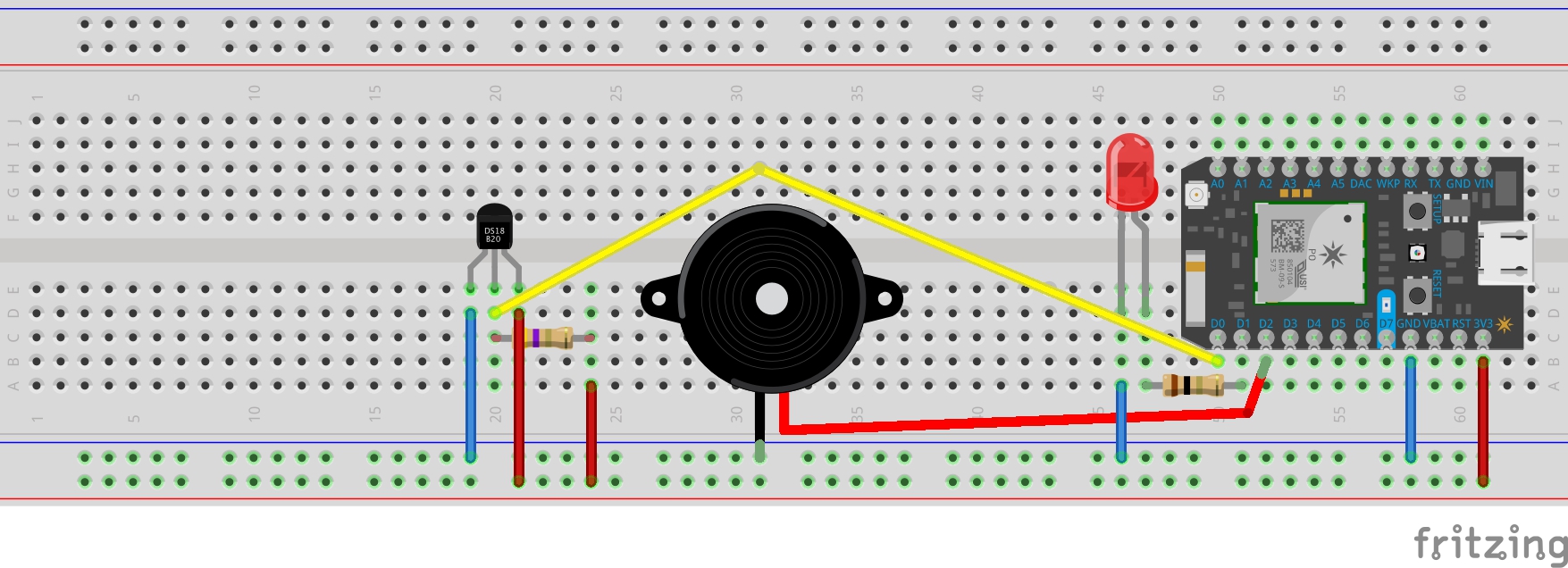Problem Statement
I currently live alone in Pittsburgh, but I lived with my best friend, Ariel, for the past few years in Albuquerque. She has suffered from insomnia since she was 14. She is now 25 and has more natural sleep patters, but still can be woken up or kept awake throughout the night by quiet noises, movement, temperature change, etc. The appliance I am designing is a temperature sensor that will start a fan if the temperature rises above a specified ‘comfortable’ temperature. Ariel would greatly benefit from this appliance because temperature would be one less annoyance that would wake her up or keep her awake at night. She could ideally sleep through the night with a comfortable temperature decided by her. I choose to design this IoT appliance for Ariel because I have seen how difficult it is for her to function efficiently after having a horrible night of sleep.

